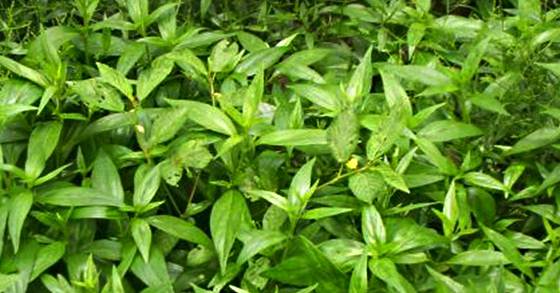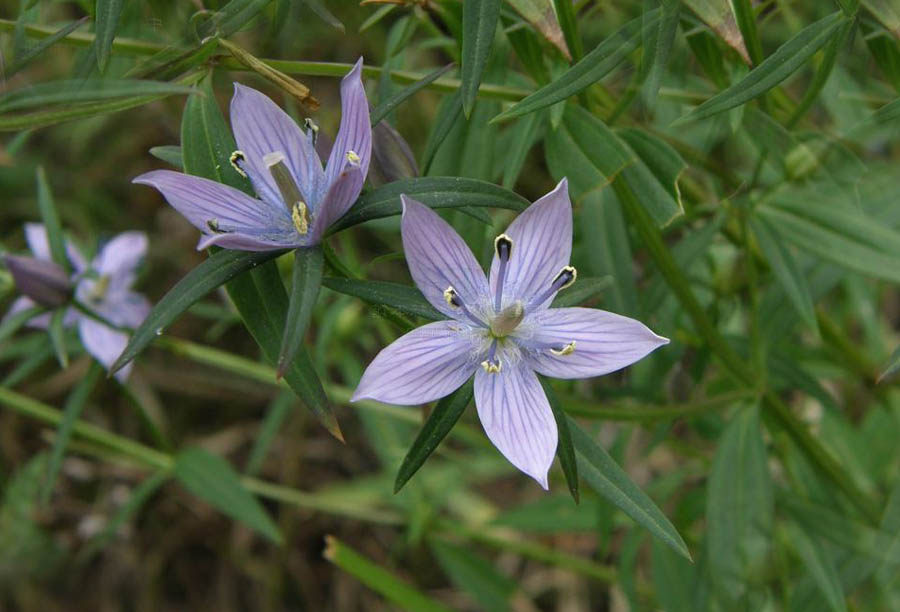[1] British Herbal Pharmacopoeia 1983
Published by the British Herbal Medicine Association ISBN 0 903032 07 4.
[2]
Potter's New Cyclopaedia of Botanical Drugs and Preparations
R.C. Wren Revised by Elizabeth M. Williamson and Fred J Evans. First published
in Great Britain in 1988 and reprinted in 1989 and 1994 by the C. W. Daniel
Company Limited. 1 Church Path, Saffron Walden Essex. Published 1988 Printed
and bound by Biddles, Guildford ISBN 085207 1973.
Images
1.
ayurvitewellness.com
2.
herbalkart.in Swertia
chirata, Ophelia chirata, S. chirayita
Chiretta, Chirata,
Chirayta, Brown Chirata, White Chiretta, East Indian Balmony
Family: Gentianaceae
Swertia
chirata, Ophelia chirata, S. chirayita
Chiretta, Chirata,
Chirayta, Brown Chirata, White Chiretta, East Indian Balmony
Family: Gentianaceae
